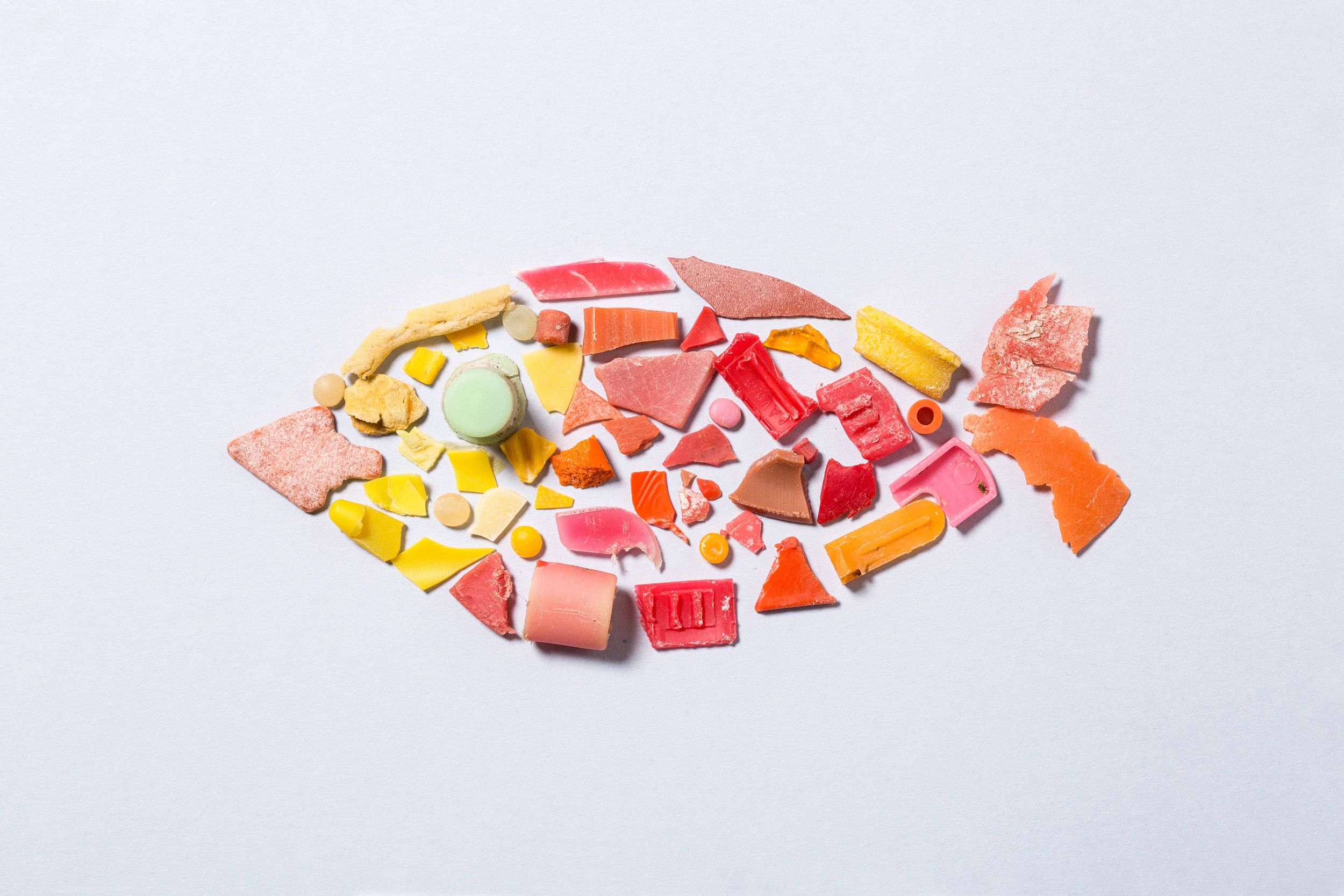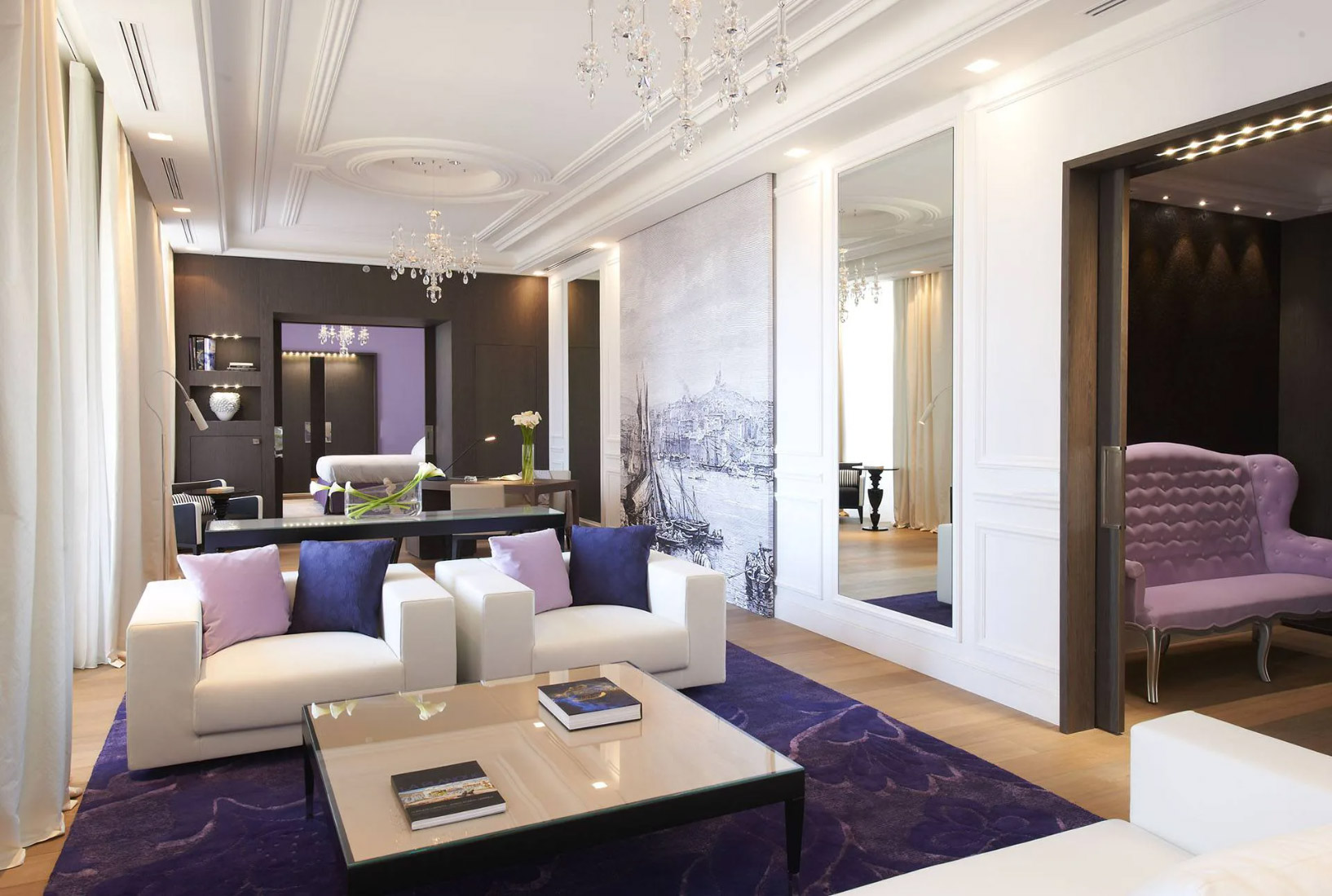Step 4 : Choosing the best solution
Time : ![]()
![]()
![]()

A mobiliser : Project point of contact, management team and people from each department.
Budget : Call for an external service for environmental assessment + ordering alternatives![]()
You’re nearly there!
To select the most appropriate alternative solutions, you now need to take into account the environmental impact of solutions by comparing them against each other and against the initial products. And of course don’t forget about considerations with regard to social and practical acceptability either (customers and staff), as well as economic considerations.
4.1 Assessing the feasibility and environmental impact of options
a. Specify together the appropriate alternatives for your hotel
You now have the information required: description of the alternative, possible suppliers, theoretical end of life, cost of alternative. You can now narrow down the list (if necessary) by applying internal criteria (feasibility of set up, perception by staff and customers, costs etc.) and only select the most appropriate alternatives for your own situation. This work involves various people (management, departmental heads, environmental appraisers, the hotel group etc.), each of whom has a different viewpoint. Remember that a test phase is planned to gauge the feasibility of deployment and acceptability by customers. There will still be time to go back if the alternatives turn out not to be viable.
b. Assess the environmental impact
To check the environmental suitability of alternatives compared with the original Single-Use Plastics (SUPs) and thereby avoid transfer of environmental impacts, a scientific and technical assessment is required. An initial assessment of quality, comparing the different alternatives against each other and against the original SUPs may be conducted to orientate the decisions for selecting alternatives. In the case of the InterContinental Marseille – Hotel Dieu, a French ESQCV life cycle assessment matrix was developed by science partner AMVALOR. Ideally this will be followed by a more precise quantitative environmental assessment with regard to certain products for which there are still major uncertainties, by referring, for example, to simplified life cycle analyses. It is strongly recommended that you consult an authorised service provider to carry out this stage.
Information that may be asked of you (some needs to be collected from considered suppliers):
- The product/packaging material: type of polymer (eg. polypropylene, polyethylene etc.), of additives used, its mass
- Logistics: what type of secondary or tertiary packaging, quantity of packaging, location of producer and supplier
- Uses: life duration of product, possibility of re-employment or reuse of product, use scenario, washing conditions
- Processing after use: recycling, household rubbish etc.

CLOSEUP ON: The methods of environmental analysis
Environmental analysis tools are used in eco-design, during the upstream phase, to compare various solutions against each other in terms of environmental impacts. They provide indications about different categories of environmental impacts (greenhouse gas emissions, water pollution, impact on human health, exhaustion of resources, production of waste etc.), all while taking into account their whole lifecycle, namely from extraction of raw materials, production, distribution, use and end of life (“cradle to grave”).
France’s ESQCV method (simplified and quality-based assessment of lifecycle) is shown as a matrix making it possible to qualify, as determined by an expert, the degree of impact of the product on each phase of the lifecycle with regard to a few environmental criteria identified as pertinent for the product. It provides some initial enlightenment with regard to significant environmental aspects of SUPs and their alternatives without having to resort to detailed collections with regard to the lifecycle of the product.
A simplified analysis of lifecycle, meanwhile, enables a more precise quantity-based comparison. It enables awareness analyses to be conducted while varying, for example, the number of re-employment cycles.
These methods are not perfect, they do not yet, for example, take into account the impact of the product if it ends its life in the environment but they provide good indications. They continue to be an orientation tool for internal choices, but the robustness of their results does not authorise external communication.


THE CASE OF THE INTERCONTINENTAL MARSEILLE : The example of shower caps
This analysis made it possible to compare the impact of the single-use plastic shower cap with the impact of a reusable shower cap made from a blend of materials (cotton, polyurethane, polyester, latex). When the cap is washed after every two uses (the most appropriate scenario for a hotel), its environmental effect began to improve compared with that of the disposable cap only after 250 cycles of use. In our hotel context, this number of cycles is not attainable due to deterioration of the product after washings and this alternative was therefore not chosen.

THE CASE OF THE INTERCONTINENTAL MARSEILLE : The example of the Minot Kit
Have you ever heard of the Minot Kit? Come and have a look around Marseille or Provence! “Minots” is a common term for children. The Minot Kit of the InterContinental is a welcome kit for children. It originally contained various SUPs: An inflatable ball, a metal puzzle in plastic packaging, a kite made of plastic, a bag of sweets etc. all put together in a plastic bag (re-employable). The hotel decided to change it completely and make it more quality-based. The new Minot Kit tested during the project is therefore a tote bag made from organic cotton containing a colouring book and coloured crayons, a postcard inviting children to an audio treasure hunt in the hotel, and wooden games. The alternative is 0 plastic, providing an indicator of mass reduction of SUPs of 100%! But be careful, as cotton and paper production (including organic cotton) use a lot of water, creating environmental impact transfers. When this was noted, the tote bag was therefore removed.
The environmental impact of the alternatives: simplified results
For the alternatives to SUPs that are still single-use (change of material):

The degree of impact is assessed with regard to four categories of damage: Climate change, human health (ionising radiation, formation of photochemical ozone, fine particles), water pollution (acidification, eutrophication of freshwater, eutrophication in the marine environment, terrestrial eutrophication) and exhausted resources (water use, use of non-renewable resources).
For the alternatives to SUPs that are no longer single-use:


OUR TIPS
Only careful environmental analysis (by authorised experts) can ensure that the situation reached will be better than the one you left from. This analysis is vital for ensuring the robustness of the process with regard to the environmental impact.

A FEW POINTS TO WATCH OUT FOR
The re-employable alternatives are only meaningful with a reasonable loss/breakage rate, and a minimum number of cycles of use.
The following constraints recur when alternatives are being selected: food security, hygiene measures, the risk of breakage associated with using glass, logistical organisation, practicality for staff, maintenance of quality, customer experience. Pre-empting these is a first step towards overcoming them!

AND SOME FALSE GOOD IDEAS
Caution: just because you use a piece of biosourced plastic it does not mean that its environmental impact is necessarily better than a petroleum-based plastic. It needs to be checked. And a biosourced plastic is not necessarily biodegradable!
If there are no waste separation solutions in the various spaces within your hotel, recyclable solutions to single-use have limited meaning from an ecological point of view. In this case you can consider establishing separation at source in different places in the hotel (selective bins depending on waste type), after having checked for the existence of suitable recycling facilities.
4.2 Approving alternatives for testing and placing orders
When these stages come to an end, cross-reference the results of the environmental assessment and of your internal criteria so as to select alternatives for testing in the hotel. Depending on the size of your hotel and on its administrative operations, allow at least a month for decision-making by management to take place.
When the final list of alternatives is approved, check and specify your suppliers, your estimated volumes for the test phase and start making your orders!


A POINT TO LOOK OUT FOR
When the final choice is made, a change against the alternatives submitted for environmental analysis can alter its conclusions…
If you choose a given alternative and you change supplier compared with the alternative submitted for environmental analysis, make sure the location is similar or closer to your hotel.
If you choose a given alternative and you change material compared with the alternative submitted for environmental analysis :
- Either a comparative analysis has been made for this type of material for another alternative, and with a view to simplicity you assume that the results can be transposed;
- Or you would need to restart the comparative environmental analysis – this is more rigorous but costs more money.

THE CASE OF THE INTERCONTINENTAL MARSEILLE : Example of applying the process, tea bags
The individual plastic tea bags were initially present in bedrooms and at the breakfast buffet.
3.1 Understand the issues with regard to use
In rooms: the hotel makes tea bags available for customers so they can make tea at any time of day or night. The consumption rate continues to be low. Room maintenance is done through sub-contracting, which limits the flexibility of staff actions (protocols). The tea bags solve an issue involving shelf-life and hygiene, and staff do not need to change the tea between customers.
In the restaurant: the hotel provides a high-quality range of tea bags for breakfast. Staff need to restock the buffet regularly to ensure there is enough tea to last over the breakfast period.
3.2 Remove, reduce before substitution then 3.3 List the alternative solutions for the SUPs to replace
List of alternatives to plastic tea bags:

4.1.a : Specify together the appropriate alternatives for your hotel
Due to the different uses in rooms and at the breakfast buffet, two separate alternatives were deployed: paper tea bags in the rooms to limit the work of cleaning staff, and loose tea for the filter teapots owned by the hotel for the breakfast buffet.
4.1.b: Assess the environmental impact then 4.2: approving alternatives and placing orders
With the two options showing an environmental benefit, the alternatives were ordered and rolled out.

A POINT TO LOOK OUT FOR
Use of the hotel’s teapots was suggested during a joint meeting attended by the catering department. It was not identified upstream as the benchmark of alternatives was first presented to interlocutors who did not have a full overview of operations. This example demonstrates the importance of dialogue between the people involved in the project!





